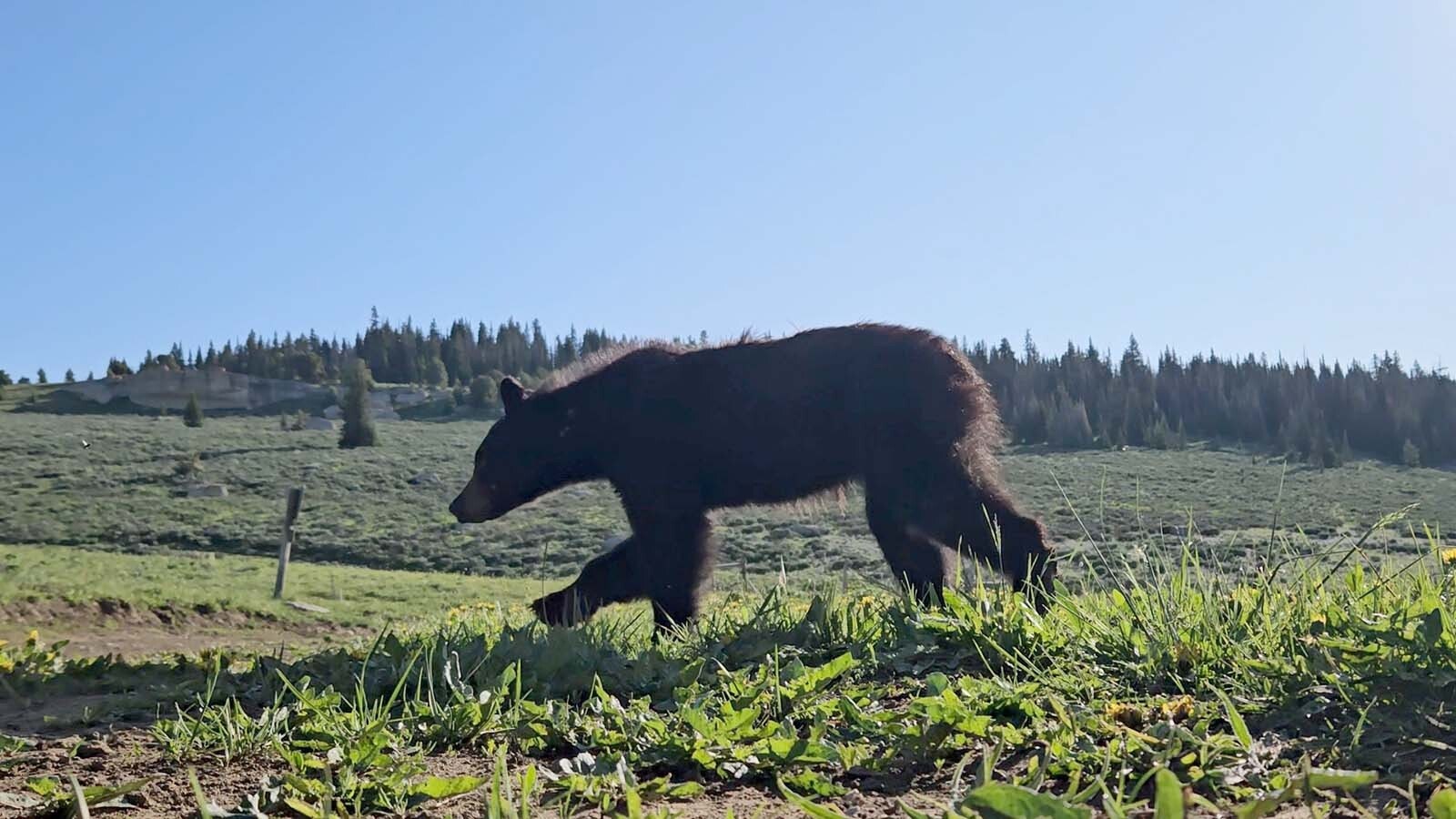As about the most ferocious critter out there, wolverines are naturally rare — Wyoming might have as few as 15 of them — and now Colorado wants some too.
Fresh off the heels of what turned out to be a controversial reintroduction of wolves, the Centennial State continues to ponder a wolverine reintroduction program. The last confirmed record of a wolverine in Colorado was in 1919.
Different States, Different Views
Whether Colorado might ask for some of Wyoming’s scant few wolverines isn’t known. When Colorado might actually put wolverine paws on the ground, and where those animals might come from have yet to be determined.
Colorado’s program might hinge on the U.S. Fish and Wildlife Service’s recent decision to put wolverines under federal Endangered Species Act protection as a threatened species.
A Wyoming Game and Fish Department biologist recently told Cowboy State Daily that the USFWS ruling won’t really affect wolverine policy here. It was already illegal to trap or hunt wolverines in Wyoming.
It’s not really certain how many wolverines are in Wyoming, since they are incredibly elusive and naturally widely dispersed, but the last time Game and Fish did a survey, about 15 wolverines were detected at bait stations.
Meanwhile, Montana isn’t happy about wolverines being listed as threatened. The Montana Department of Fish, Wildlife and Parks recently decided to sue the USFWS over the wolverine listing.
In The Works For A While
Colorado has wanted to reintroduce wolverines for a while, Colorado Parks and Wildlife spokesman Joey Livingston told Cowboy State Daily.
“For more than a decade, the state of Colorado has been committed to advancing the restoration of wolverine populations in the state. We are currently reviewing the U.S. Fish and Wildlife listing decision to understand our next steps in the process to successfully reintroduce wolverines in Colorado,” he said.
A stakeholder process for wolverine reintroduction in 2010 yielded an extensive report and plan for how the program might work.
“Recently, the agency has been looking back to determine whether that process, with any necessary updates from the past 12 years, may still be workable for Colorado,” Livingston said. “With the USFWS decision to list wolverines as a threatened species under the Endangered Species Act, the USFWS will have an important role in the planning and execution of a reintroduction program.”
Montana Not Happy
While Colorado will be working with the USFWS, Montana is going against it. Montana FWP recently announced its intent to file a lawsuit against the federal agency over the wolverine listing.
In a statement from his office, Montana Gov. Greg Gianforte called the USFWS’s decision “illogical,” and claimed it will actually impede FWP’s efforts to manage and conserve wolverines.
Still Working On The Details
Colorado hasn’t yet worked out the “how many” and “where from” details of its wolverine reintroduction, Livingston said. But CPW will be cautious to not leave another state short of the fearsome hunter-scavengers.
“Details on how many wolverines and where they will be sourced from have yet to be determined. However, source sites would be selected where we would be reasonably certain that removals would not harm the source population,” Livingston said.
Once wolverines are in Colorado, they’ll have plenty of habitat and food, he added.
“Colorado’s Southern Rocky Mountains have the largest area of suitable and unoccupied habitat for this species which has not existed in Colorado since 1919,” Livingston said.
There should be an ample number of big game carcasses for wolverines to feast on. And rodents, rabbits, ground squirrels, marmots, birds, eggs, fish and some plants could round out their diets.
“Wolverines will occasionally take deer and other large ungulates. If conditions are favorable, such as prey being in a weakened state due to disease, old age, deep snow, etc.,” Livingston said.
Restoring wolverines to Colorado could help bolster the outlook for the species in the Lower 48, he added.
Colorado has “the largest block of historical, but currently unoccupied, habitat available south of Canada,” Livingston said.
Wyoming Wolverine Pays A Visit
Free-for-all trapping and poisoning likely killed off Colorado’s previous wolverine population.
However, a Wyoming wolverine apparently once visited the Centennial State.
“It is believed that wolverines were extirpated around this time (1919) due to unregulated trapping and poisoning. Twelve survey efforts from 1979-1996 yielded no confirmed sightings,” Livingston said. “Colorado’s high elevation and rugged terrain were and are good wolverine habitat, but because the species naturally exists in extremely low numbers wherever it is found, the species was never numerous here.”
And in the late 2000s, a Wyoming wolverine ambled in but didn’t stay.
“In 2009, researchers tracked a wolverine from Grand Teton National Park into north-central Colorado. This wolverine eventually migrated out of the state,” Livingston said.
Mark Heinz can be reached at mark@cowboystatedaily.com.





